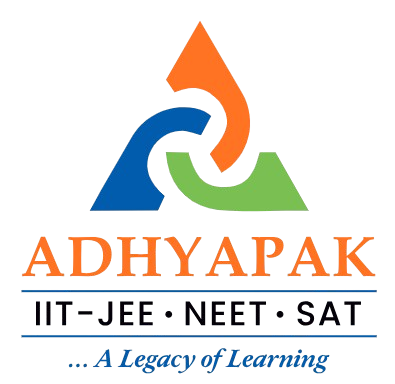In a world increasingly defined by complexity and interdependence, education must evolve to reflect the interconnected nature of knowledge. At Adhyapak Junior College, we champion the idea of integrated learning—an approach that connects Science, Commerce, and Humanities, encouraging students to think holistically, critically, and creatively across disciplines.
Gone are the days when education was confined to silos. Whether it’s climate change, financial literacy, or global politics, today’s most pressing challenges require insights from multiple fields. Recognizing this, Adhyapak fosters a learning environment where students from all streams are encouraged to see connections, draw parallels, and engage in collaborative thinking.
What is Integrated Learning?
Integrated learning is an educational approach that blends concepts from various disciplines to provide a more comprehensive understanding of a topic. Instead of studying subjects in isolation, students explore how knowledge overlaps, interacts, and reinforces itself across fields.
For example:
-
A Science student studying biotechnology might explore its ethical implications (Humanities) and business applications (Commerce).
-
A Commerce student learning about economic development might analyze how environmental sustainability (Science) and social justice (Humanities) influence market trends.
-
A Humanities student examining historical events might assess their scientific impact (e.g., Industrial Revolution) or economic consequences (e.g., global trade systems).
Why Integrated Learning Matters at the Junior College Level
Junior college is a crucial phase where students begin to define their academic and career paths. At Adhyapak, we believe this decision-making process should be informed by broad-based learning, not just subject-specific expertise. Integrated education:
-
Encourages critical thinking by helping students understand multiple perspectives.
-
Improves problem-solving skills through cross-disciplinary analysis.
-
Enhances creativity by blending ideas from varied disciplines.
-
Prepares students for diverse careers, where flexibility and adaptability are valued over rote knowledge.
How Adhyapak Implements Integrated Learning
-
Cross-Stream Projects
Adhyapak encourages students to participate in collaborative projects where Science, Commerce, and Humanities students work together. These projects promote team-building, real-world thinking, and innovation. -
Guest Lectures & Workshops
Experts from different industries often conduct sessions that bridge multiple disciplines. A tech entrepreneur discussing startup culture, for instance, offers insights relevant to both Commerce and Science students. -
Thematic Learning Modules
We design learning modules that incorporate multiple subjects under a single theme. Topics like “Sustainable Development,” “Digital Transformation,” or “Globalization” allow students to explore environmental, economic, and sociopolitical dimensions. -
Career Counseling with a Multidisciplinary Lens
Career counseling sessions at Adhyapak are tailored to highlight how combining skills from different streams can lead to unique career paths such as data journalism, environmental law, or financial technology.
Benefits Beyond the Classroom
Integrated learning at Adhyapak does more than prepare students for exams. It helps them:
-
Communicate ideas clearly across different contexts.
-
Make informed decisions based on a broader understanding of real-world dynamics.
-
Build a lifelong habit of curiosity and continuous learning.
-
Adapt more easily to university education, where interdisciplinary learning is increasingly the norm.
Conclusion
At Adhyapak Junior College, we don’t just teach subjects—we nurture thinkers, innovators, and future leaders. By bridging the traditional divide between Science, Commerce, and Humanities, we offer a well-rounded education that is both relevant and future-focused. In doing so, we equip our students not just for academic success, but for life in a rapidly changing world.
